How to Integrate AI Into an App
With AI growing at a breakneck speed and the rise in popularity of mobile apps, more and more businesses are looking to harness the power of artificial intelligence in their applications. Integrating AI in mobile apps can not only help businesses create unique features, interactive designs, and offer personalized user experience but can also help them streamline operations and make data-driven decisions. According to Gartner, more than 70% of businesses will have AI-integrated apps by 2025. This underscores how AI will become a standard feature in applications in the near future.
Even though AI integration can bring up the development costs by a fraction, the exponential results it yields make it an essential choice for most business owners. From chatbots and digital assistants to personalized experiences and enhanced security features, AI can enrich your app with many features that’ll help turn your users into paying customers in no time.
Let’s explore how to integrate AI into an app, transforming it into a smart, personalized tool that meets user needs intuitively.
Table of contents
- What is AI Integration?
- Why Should Companies Embrace AI Integration in Software App Development?
- How to Integrate AI into an App
- Step 1. Identify Your Industry-Specific Necessity
- Step 2: Review Current Features
- Step 3. Choose the Most Suitable Tools and Technology
- Step 4. Select the Right Partner
- Step 5. Data Acquisition and Processing
- Step 6. Train your AI Model
- Step 7. Final Integration and Performance Checks
- Step 8. Post-Integration Optimization
- 6 Advantages of Leveraging Your App with AI
- APPWRK Examples of AI Integration in Apps
- Overcoming the Challenges of Integrating AI into Apps
- Conclusion
What is AI Integration?
AI integration is the incorporation of artificial intelligence (AI) into different systems, applications, or processes to improve their capabilities and efficiencies. These integrations are powered by Application Programming Interfaces (APIs) and equip apps with smart capabilities to perform tasks that can range from a layman’s job to complex, cognitive tasks.
Integrating AI into an app has streamlined repetitive tasks and let automation take over the workload of humans. Furthermore, AI integration has made it possible to provide a highly personalized experience while using applications. With user experience being a cornerstone in the success of an application, AI has also taken functionality and user experiences to new heights.
Why Should Companies Embrace AI Integration in Software App Development?
By integrating AI into iOS and Android app development, you can build intelligent, efficient, and user-centric apps that offer enhanced functionality. Integrating AI into your app will not only increase the functionality but can also help you save a significant amount of money. A great example is Netflix saving around $1 billion per year after rolling out its AI recommendation feature by cutting down churn and enhancing personalized user engagement. Here are some of the leading applications of AI by businesses:
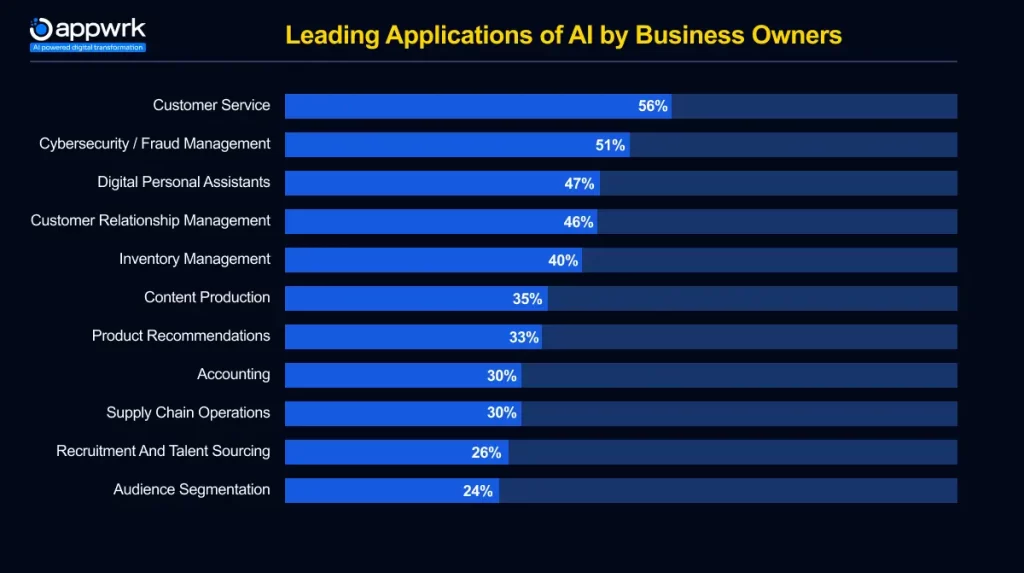
With AI in your software app development tech stack, mobile apps can become proactive assistants, guiding you through decisions and predicting your needs while keeping the data safeguarded from security threats and vulnerabilities. Listed below are some of the top reasons to substantiate why integrating AI is a clever move for businesses:
1. Personalization
Did you know that 91% of consumers are more likely to shop with brands that acknowledge them, recall their preferences, and provide personalized recommendations? This means that personalizing user experiences has long gone from being an option to a necessity. By gathering user data and analyzing their behavior patterns, AI can redefine applications to be more responsive and intuitive and trigger a higher rate of desirable conversions.
2. Enhanced User Engagement
Let’s face it, user engagement can make or break your app. Needless to say, our application has to engage the users and give them the satisfaction of using your app in order to retain them for a long time. By integrating AI into your applications, your app can make real-time adjustments within your app according to each user based on their preferences. This not only makes them engaged and content but also fosters a sense of loyalty and retains them over the long haul.
3. Automation
One of the major benefits of integrating AI is the fact that it helps automate repetitive routine tasks. From having features like chatbots to content personalization, AI has the ability to make the job easier for business owners, allowing them to focus more on other aspects. Automating tasks with AI has not only proved beneficial in saving time but also has cut down the costs required for additional labor and effort.
4. Predictive Analytics
It goes without saying that understanding and predicting user behavior gives applications a competitive advantage. This analysis is not humanly possible and requires the intervention of AI to interpret the large datasets that contain valuable insights into user behavior, preferences, and historical patterns. By using predictive analytics, your app can stay one step ahead of the users in several ways, like featuring a product your user might be interested in, optimizing content delivery, and offering real-time support. Moreover, texting apps that have ai predictive text have seen a significant increase in engagement when compared to users writing their complete search queries.
Also Read: AI Chatbots Pricing: How Much Does It Cost to Build One?
5. Content Optimization
AI integration makes it possible for you to tailor app experiences for each and every user. By harnessing the power of advanced techniques and algorithms, an AI-integrated app can select, organize, and present relevant information to a user. This is not only beneficial for the users but also allows businesses to have a deeper understanding of the dynamics of their audience, making it possible for them to satisfy their evolving needs.
6. Efficient User Onboarding
Without a doubt, integrating your application with AI can help streamline complex and multi-step sign-ups. Users often get frustrated when they are met with an onboarding process that has many steps. Through Natural Language Processing (NLP) and machine learning, newcomers can have a warm welcome with content in their preferred language and ideal communication style without having to go through trivial steps.
How to Integrate AI into an App
There’s no denying the fact that artificial intelligence (AI) has been taking the tech world by storm, with more and more companies turning to this innovative technology to improve performance. Whether you’re creating an original app from the ground up or optimizing a current one, integrating AI into your app demands meticulous planning and follow-through. When integrating AI into your mobile apps, you need to take into consideration a number of factors.
Read on to find out all about the steps required for integrating AI into an app.
Step 1. Identify Your Industry-Specific Necessity
When it comes to integrating AI into your apps, it is important to differentiate the industry-specific necessities from redundant features. To identify your specific needs, you can start by taking a look at competitors and analyzing how they are effectively leveraging AI. By finding what has worked well for the apps that belong to your niche, you can easily figure out the most important AI integrations you need.
Define a Business Problem AI will Solve
Before integrating AI into your app, make sure you Identify the current business challenges that you are facing and explore how you can leverage AI to solve them. If your application needs an assistant who is always available round the clock, you can consider opting for an AI-powered chatbot that has the ability to solve trivial queries and leave your team to focus on the more complicated confusions.
For e-commerce applications, the core utilization of AI integration would be to provide personalized recommendations and enhance user engagement. On the other hand, if your application needs high levels of security, you can use AI to immediately detect any fraudulent activities or security breaches.
Select the Optimal AI Integration Approach
When it comes to integrating AI into an app, there are two ways to do it. You can either build your own AI model from the basics or hone an existing AI platform into your application. Most SMBs would choose the latter, as building an entire AI model from scratch is completely unnecessary in usual scenarios. However, there are a few exceptions where your application might have distinctive setbacks that require building a new AI model. Comparatively, choosing an existing AI platform and tweaking it with tools that are already available in the market is more cost-efficient.
Step 2: Review Current Features
Once you have determined your AI integrations, browse through the existing features in your application. Position yourself in your user’s shoes and try to think of all the possible ways you can take advantage of AI to make their experience better. Understand your app from a user’s perspective and scrutinize how you can improve the existing functionality with AI. Often enough, enhancing already present features with AI has proved more beneficial than overcrowding your app with new AI-integrated features.
Step 3. Choose the Most Suitable Tools and Technology
Upon finalizing the exact features you need to integrate AI into your application, you need to move on to choosing the right technology and AI tools. There are many technologies that fall under the broad term artificial intelligence, like machine learning, generative AI, voice or image recognition, and natural language processing. Depending on your unique needs, you can pick the technologies that have to be integrated into your app.
Machine Learning and Predictive Analytics
Machine learning comes under the umbrella of Artificial Intelligence and has the ability to analyze data sets to discover trends and patterns in them. Machine learning brings to light the common patterns found in the behavior of your users and paves the way for adjusting and refining techniques based on real-time data. Apart from analyzing data and identifying trends, machine learning can also conduct predictive analytics, which can warn beforehand about potential risks, customer interests, and market trends.
Natural Language Processing (NLP) for Enhanced Interactions
Natural language processing (NLP) is the ability that enables computers to comprehend and generate human language. By integrating NLP into your application, your app will be able to understand and interpret human behavior. NLP uses a compilation of different techniques like linguistics, statistics, and machine learning in order to break down context in the same way humans do. It can be used for various purposes like classifying text, extracting information, and generating content.
Image and Voice Recognition Technologies
Image and voice recognition has become a common yet engaging feature in most mobile applications. Through image recognition, users can view similar products based on the image they possess. This is similar to the popular Google Lens feature. Image recognition also includes the popular feature of facial recognition for safety purposes. Voice recognition has also gained significant attraction in recent times as it allows users to operate the app through voice-activated controls and virtual assistants.
Generative AI for Creative Tasks
Generative AI refers to technology that generates content images, text, or even audio by extracting information and taking references from existing data. Generative AI can serve many purposes, such as creating customized messages or images for users.
Also Read: Chatbot Vs Virtual Assistant 2024, Which One to go with?
Step 4. Select the Right Partner
If you want to build a standout AI-integrated app, you need a skilled team of experts by your side. Choosing the right team for you depends on the type of AI integration your app requires. If you need to build a complete AI model from scratch, not only is it going to drive up your development costs, but you would also need a much bigger team with different specialists like data scientists, machine learning engineers, and data engineers.
On the other hand, if you are going with the more conventional route and are thinking of integrating an already-built AI platform into your application, a much smaller team with members like software developers and UI/UX designers would suffice.
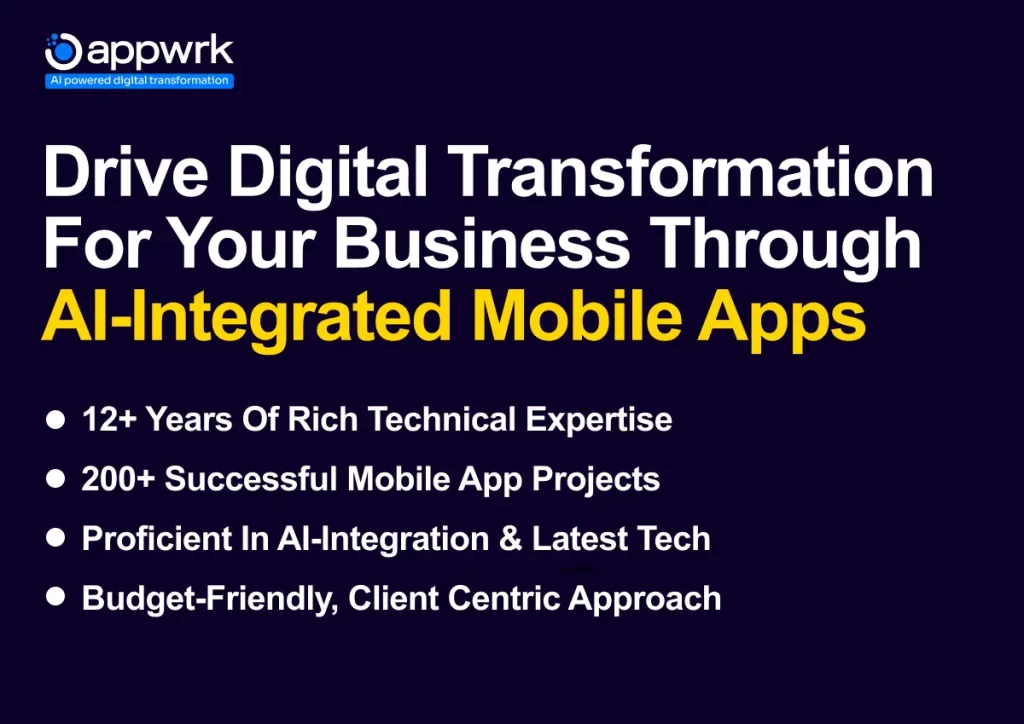
Step 5. Data Acquisition and Processing
Once you are done with finalizing the right partner to build an AI-integrated application, you need to start with acquiring a large quantity of data. This high-quality data will be essential to train your AI model effectively. Providing your AI model with high-quality data that is properly processed will ensure that it performs all the interactions with users accurately and consistently.
Data collection
During data collection, there might be instances when you are short on data. In such cases, you can make use of public datasets that have repositories of different types of data like image recognition, speech identification, or even text recognition. There are also various data-collecting tools like Google Analytics or Hotjar.
Data preparation
When it comes to data collection, the more, the better. However, it is not just the quantity that is taken into consideration. If you are providing your AI model with poor-quality data, there is a high chance that it does not generate the right results. Hence, it is imperative to prepare quality data in order to train the model for accurate performance. Data preparation also includes structuring your data with tools or manual editing and preparing it for the next step of training.
Step 6. Train your AI Model
Using the data that you have compiled and prepared, you have to train your AI model according to your unique needs. This training is done by giving the existing AI model your data inputs so it can analyze the data and redefine its abilities based on the given information. After the AI model self-trains itself with the presented data, your team can take over by further fine-tuning for utmost accuracy.
Step 7. Final Integration and Performance Checks
After thoroughly training your AI model and fine-tuning it to your application, the next step is to integrate them into your application and test if your app completely accepts this new introduction without facing any glitches or issues affecting its functionalities.
Integration
Each AI model has different integration methods and pricing structures. The pricing can differ based on factors like the complexity of fine-tuning, the number of APIs needed, and the resources required. For those who have been wondering how to integrate AI into an app, this is the most crucial step. This integration happens through APIs that are the gateways for your application to interact with the AI model.
Testing
After successfully integrating your application with AI, it is important to run through enough tests to make sure that your desired outcome is achieved. You need to make sure that this integration has not affected any functionalities of the app and that it runs smoothly as a whole. Through testing under different scenarios, you can check the response times, accuracy, and functions of the AI model.
Step 8. Post-Integration Optimization
Integrating AI into your application does not mark the end of the road. You still have to continue to watch out for potential issues that might arise and eradicate them then and there. With new needs constantly emerging, you also have to be on your toes to constantly optimize your AI models according to the newest trends.
Monitoring
While you can manually monitor the performance of AI integrations, it is possible for human errors to occur, and you might miss out on certain glitches. It is more efficient to make use of tools and software to monitor and notify of any incidents or performance reductions. Monitoring your app includes making sure that the functions are accurate with high response times and making sure there are desirable changes from the integration.
Optimization
Regularly monitoring your app will give you valuable insights into the areas to optimize them. With these inputs, you can improve your AI models and give them an upgrade from time to time. AI integration comes with the constant need for continuous testing, monitoring, and optimization, so you should brace yourself for a long iterative process.

6 Advantages of Leveraging Your App with AI
Over the past decade, AI has gradually woven itself into the fabric of mobile technology, transforming how we interact with our devices. Apart from knowing how to integrate AI into an app, it is important that you are also proficient in all the advantages it offers. Here are the top 6 advantages of leveraging your app with AI that substantiate the reason why AI integration is absolutely indispensable.
1. Powerful App Authentication
AI greatly enhances the authentication of apps by analyzing multiple layers of security data, such as behavioral patterns and biometric information. This can drastically reduce the risk of fraudulent access and ensures that the app provides users with a seamless yet secure experience. Android and iPhone apps that are built with AI-powered authentication systems adapt over time, making it more difficult for hackers to breach security.
2. Real-Time Translation
Your app is bound to be used across regions. A major factor that could affect the functionality of your app when used by users from various regions is the language barrier. AI-driven real-time translation will allow your app to break language barriers, offering users instant translations in multiple languages. According to a study by the National University, 44% of app owners anticipate AI to offer real-time translation into various languages. This feature will allow apps to have a smoother user experience and expand your app’s reach to a diverse, multilingual audience.
3. Automated Reply Function
AI is highly leveraged in applications for their automated reply functions. When you enrich your apps with AI-powered chatbots and automated reply systems, your app can handle user inquiries and support requests 24/7. These systems learn from previous interactions and hence can provide faster, more accurate responses to free up human resources for more complex tasks.
Also Read: AI Phone Bot: How Can AI Phone Bot Benefit Customer Service?
4. Improved Security with Facial Recognition
Unlike traditional passwords, facial recognition allows users to log into their devices or applications within seconds by just looking into the camera. The technology behind facial recognition is powered by AI and provides a fast, convenient, and secure way to authenticate users. AI algorithms analyze facial features and use deep learning to distinguish between real users and potential fraudsters.
5. Scaling Accessibility with Speech Recognition
Speech recognition is an attractive feature that has gained significant popularity for improving accessibility and convenience for users. AI speech recognition converts speech into readable text. It helps users give commands easily with just their voice. While this feature is not necessary for all types of applications, those who would want to amp up the attractiveness and engagement of their applications can readily incorporate it.
6. Refining Customer Experience with Emotion Recognition
Integrating your application with AI that is capable of recognizing emotions can vastly improve customer experience. By looking into the emotional reaction of users through various factors like the tone of their voice, you can adjust and refine your strategies to improve customer satisfaction. Tailoring your strategies and aspects of your application according to their positive emotions will not only benefit you by retaining them for a long time but will also help in fostering a great sense of loyalty.
One of the biggest perks of integrating AI into apps is that it is not rocket science. You either need the right development team or you can do it by yourself with some tech knowledge. Here is a video on how to integrate AI into an app with Google where you can find out the simple steps required to build an AI-powered app.
APPWRK Examples of AI Integration in Apps
APPWRK IT Solutions has extensive experience in harnessing the power of AI to develop innovative applications across diverse industries and use cases. With a deep understanding of AI’s capabilities and the latest technological advancements, they craft solutions tailored to meet unique business goals. Here are some of the unique applications built by them:
Revolutionizing Inspections With Computer Vision AI
Noteworthy AI is a cutting-edge solution for automating inspections for pole-top components using advanced computer vision AI. By integrating this application with AI, APPWRK has made it possible to capture images and geolocation data to detect pole-top components and defects. The AI feature automatically uploads its findings to Inspector Cloud, where users can review and analyze data in near real-time. The application has customizable dashboards and immutable audit logs so that users can visualize and track conditions seamlessly.
APPWRK leveraged Elasticsearch and Google Cloud to handle large volumes of data that were required to train Noteworthy AI. By automating the detection of defects, Noteworthy AI enhances efficiency, reduces manual inspection workloads, and provides up-to-date asset insights.
Streamlining IT Documentation with AI
DOCUwerks is a centralized IT documentation that caters to clients and staff. APPWRK integrated DOCUwerks with OpenAI and trained the model to bring together relevant documentation when a user searches for them with large quantities of high-quality data. When a keyword related to any operation is typed into the search bar, the AI will look through and put together all the materials that align with the search term.
This AI integration accomplished by APPWRK eliminates the need to manually go through an abundance of IT documentation. The users could save a significant amount of time and effort as they were able to fetch their required documents within a matter of seconds. Apart from putting together all the necessary documents, DOCUwerks also has readily available templates where users can personalize their data according to their requirements.
Overcoming the Challenges of Integrating AI into Apps
While there’s no denying the fact that AI empowers mobile apps with advanced capabilities to offer what today’s users look for, integrating it into a mobile app still poses a number of challenges. Some can be easily resolved, while others might need more effort. Despite the challenges associated with integrating AI into apps, it is an essential feature that most applications will benefit from. Here are some of the most common setbacks in integrating AI into apps:
Risk of Using Third-party Services
Most applications will integrate an AI platform that has already been built and train it according to their application’s needs. While this is cost-effective and the easier path, it also comes with the risks of having to deal with unnecessary issues. If the AI model is facing some problems, they are more likely to affect your application as well. These issues are unavoidable, and the best way to tackle them is to have a backup plan for all the possible issues that might occur.
Need for Prompt Engineering
Prompt engineering holds an important position when building AI-integrated applications. Prompt engineers will work on AI models like chatbots or virtual assistants and train them to handle specific inquiries from the audience. Their job is crucial as it shapes the way these AI models react to human interaction.
Requirement of High-Quality Data
To train an AI model effectively, you need large quantities of quality data. Feeding your AI model with these high-quality data will make sure that it is able to function properly under any circumstance. If you are not able to collect a huge quantity of data, your development team will need to manually annotate data.
Additional Investment Costs
When compared to developing a basic application, building an app with AI capabilities will require more resources and additional investment costs. Your best bet to save a significant amount of time and money is by integrating an existing AI model into your mobile application instead of building a new one from scratch.
APPWRK Insights on Going Beyond the Basic Integration
AI integration has transformed application development landscapes. It can help you if you use it to its full potential. Those who have well thought about how to integrate AI into an app should also think of the different ways to integrate it to differentiate from the rest. By using AI strategically and going beyond basic applications, you can not only streamline operations but also drive sustainable growth and make data-driven decisions. Here’s a deeper look into some of the advanced AI integrations you can consider for your applications.
Harnessing AI for Sustainable Growth and Scalability
Contrary to popular belief, AI can go beyond simply automating tasks and optimizing how companies allocate resources by analyzing real-time and historical data. AI can make way for sustainable growth by predicting market needs in its early stages and ensuring resources are not wasted while maximizing productivity. Furthermore, integrating AI allows an application to scale further through hyper-personalization and tailoring experiences to individual users based on their behaviors and preferences.
Utilizing Advanced Analytics with AI for Informed Decision-Making
AI-driven analytics are indispensable for businesses when making strategic and data-backed decisions. In today’s competitive environment, using predictive analytics is a game-changer and can enable businesses to adapt to emerging customer needs and identify new opportunities for growth. In addition to this, AI algorithms can also assess various operational metrics, from productivity rates to customer feedback, which can improve efficiency.
Promoting Responsible Use of Data in Applications
With security breaches and data theft becoming a common problem, app owners must prioritize transparency with their AI applications and ensure that data usage aligns with privacy laws. They should also make sure that users are well-informed about how their data is used. Transparent data practices are crucial in building and retaining user trust.
Conclusion
By harnessing the power of AI responsibly, businesses can create transformative experiences that resonate deeply with users, setting new standards for innovation in the industry. AI applications have gone far beyond basic integrations, and app owners are continuously finding new and fresh ways to capitalize on their full advantages. By embracing advanced AI technologies, businesses can stay ahead in an evolving digital landscape, making data-driven decisions that are both impactful and responsible.
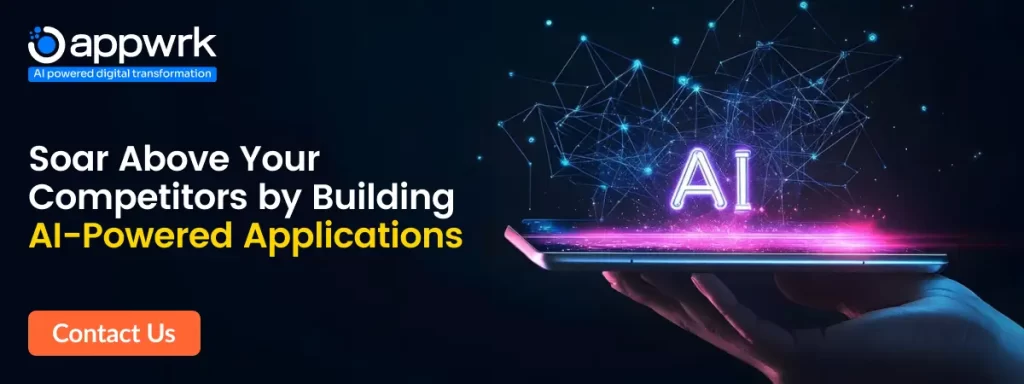
Looking for a dedicated team to build high-performance applications with AI integrations? APPWRK IT Solutions, a leading app development and AI-driven digital transformation company is your best choice. We specialize in creating quality applications that leverage AI in many different ways. Contact us today to create AI-powered apps that will soar your business to new heights!
FAQs
1. How do I integrate OpenAI into an app?
If you are looking to integrate OpenAI into an app, there are two ways that you can choose from. The first is where you build the integration with your own OpenAI keys, along with all the API requests that are made on behalf of the user’s interactions. The next method is when your users supply their own OpenAI keys. In this case, they will be responsible for bearing the costs of their usage. This method will also save you from unpredictable user costs.
2. How Much Does it Cost to Integrate AI into an App?
The cost to integrate AI into an app can range from $30,000 to $150,000. However, your costs can increase based on the app’s customizations and requirements. If you would like to integrate multiple complex AI features, your AI app development costs are bound to go above this estimated range.
3. Can I Build an AI on My Own?
Yes, you can build an AI on your own. Building an AI model from scratch requires large quantities of high-quality data. It can be built in various ways, such as no-code or low-code platforms, AutoML, and conventional programming. Building an AI on your own requires you to invest significant time, effort, and money compared to customizing an already-built AI model.
4. What are the features of AI in software development?
AI has several powerful features that can greatly enhance software development and make the process faster and more efficient. Some of the features of AI in software development include automated code generation, assisting basic UI design, automated testing, debugging, and automating repetitive tasks.
5. What is the future of AI in software development?
As AI technologies continue to evolve, their use in the field of software development has also increased drastically. AI-driven development tools have started to assist in code generation, debugging, and testing. Employing AI in software development also allows developers to focus more on higher-level design and creative problem-solving. These tools can be leveraged to speed up the development process, reduce the likelihood of human error, and make way for more reliable and robust software solutions.
About The Author
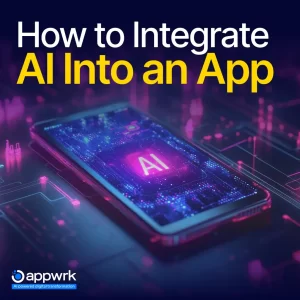

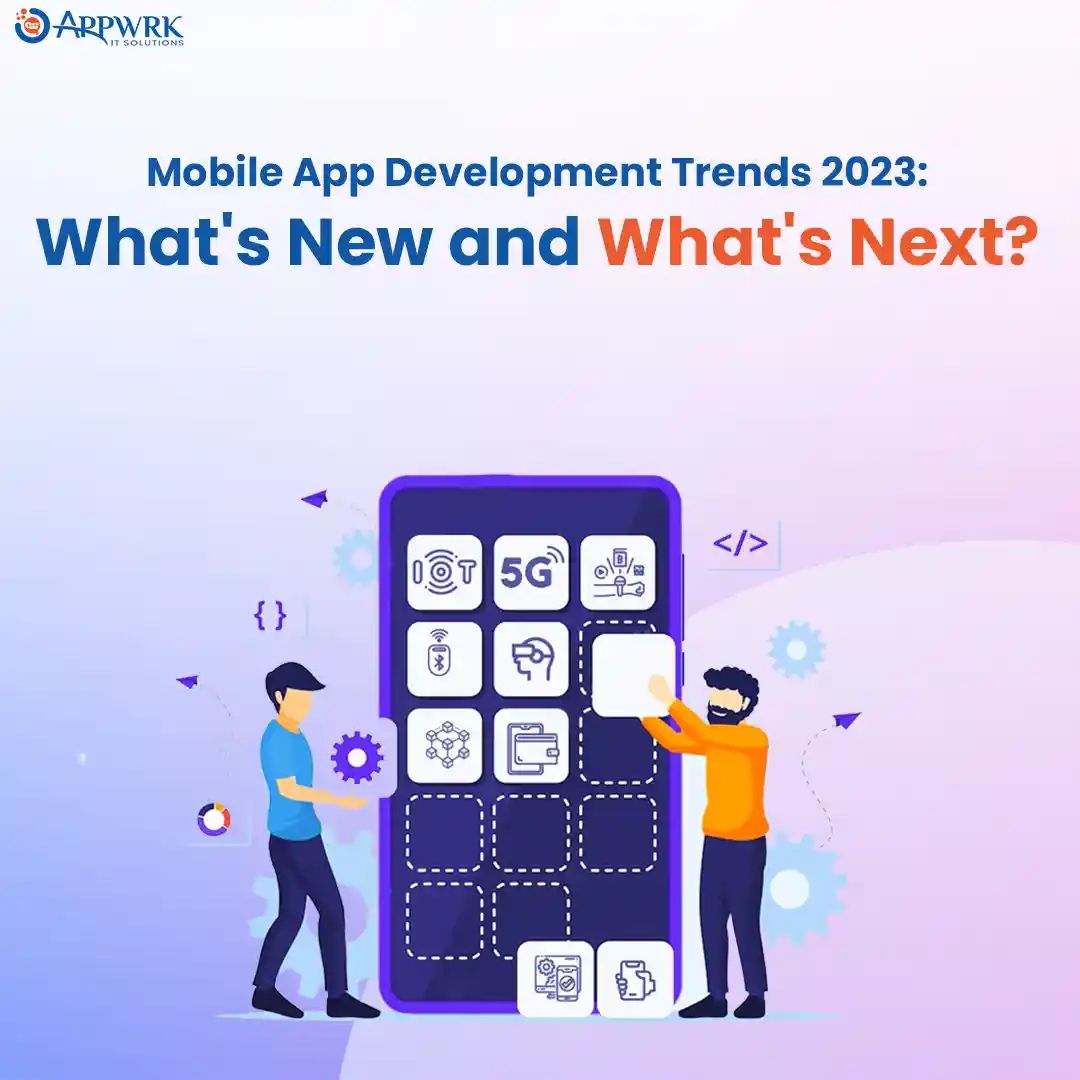
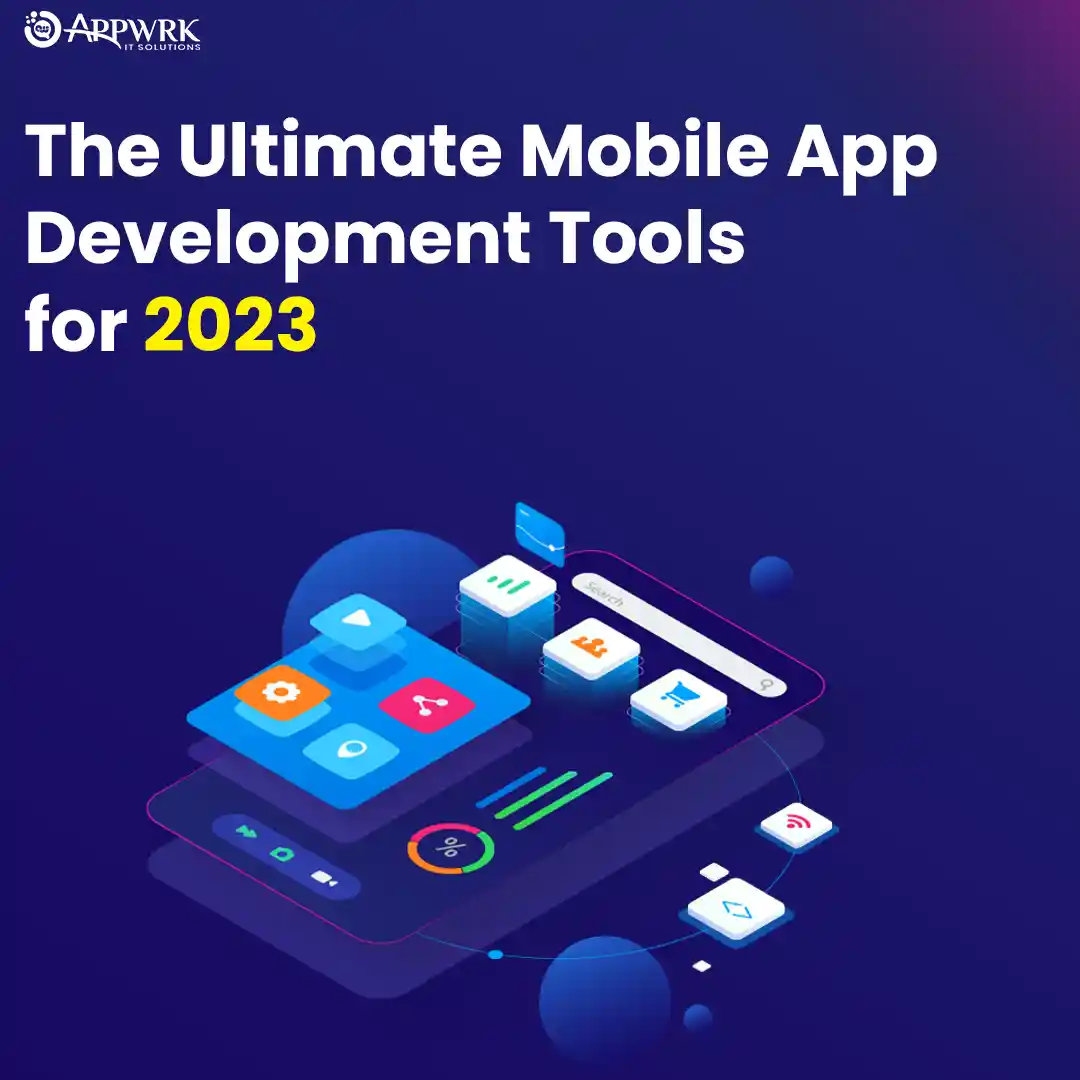


 Free Quote
Free Quote
















































